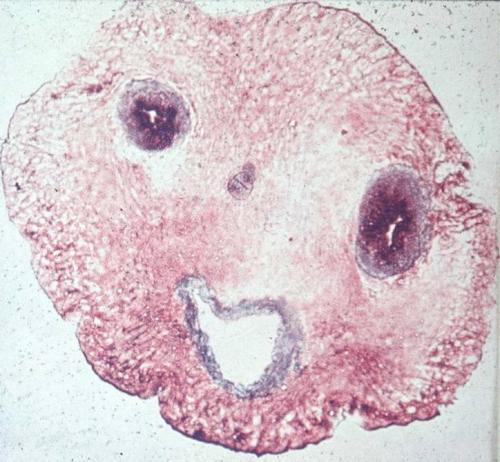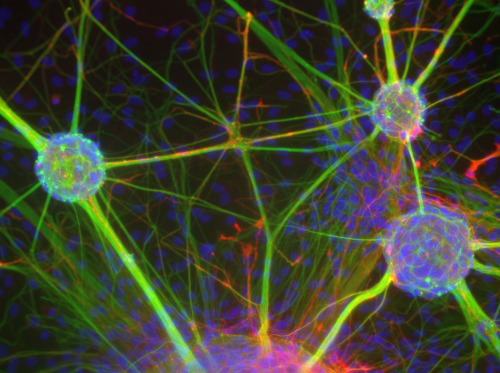Советики - как заставить мозг работать эффективней:
1. Time it right
Most older people think more clearly in the morning; most younger people, in the afternoon. Work out when your own best 'thinking time' is and set it aside it for your most challenging brain work.
2. Get a good education - but don't overdo it
Psychologist Dean Keith Simonton says that too much specialised higher education can damage your ability to think creatively. 'You don't become a great novelist by getting a PhD in creative writing.'
3. Listen to Confucius
Writing things down is the number one memory aid used by memory researchers themselves. As the Chinese proverb puts it, the weakest ink lasts longer than the best memory.
4. Kick start your day
Research shows that the amount of caffeine in a cup of coffee can help you concentrate. But if you're prone to anxiety, you're probably better off avoiding it.
5. Anchor new memories to established ones
'Think of your existing memory as a scaffold upon which to fit new information,' says cognitive researcher Denise Park. 'Don't isolate new information. Always relate it to something.'
6. Practise, practise, practise
Learning and repeatedly practising new skills appears to change the brain's internal organisation. A study showed that periodic training sessions helped volunteers in their 70s perform better in cognitive and memory tasks than they had when they were seven years younger. 'Practice really helps,' says psychologist Len Giambra. 'A well-practised older person will be faster than an unpractised younger person.'
7. Give your ideas a chance
Many of us are rewarded for our abilities to rapidly evaluate facts and make quick decisions. Creativity demands a much more leisurely and playful approach - a willingness to give 'absurd' ideas a chance.
8. Pick a stimulating profession and an intelligent partner
Intriguing studies from Poland suggest that people whose careers demand they exercise their intellect are more likely to sustain high levels of mental performance during their lives. Marrying someone intelligent may also provide you with ongoing stimulation.
9. Expose yourself to multiple experiences
Creativity often boils down to the ability to adapt solutions from one aspect of life to another. Velcro for instance, was inspired by burrs that stick to your clothing. The 'ring-pull' top on cans was originally based on the way a banana is peeled.
10. Learn from Leonardo
In his book, How to Think Like Leonardo da Vinci, author Michael Gelb offers several brain-enriching strategies that worked for the ultimate Renaissance man. Among them: learning to juggle and drawing with your non-writing hand.
Most older people think more clearly in the morning; most younger people, in the afternoon. Work out when your own best 'thinking time' is and set it aside it for your most challenging brain work.
2. Get a good education - but don't overdo it
Psychologist Dean Keith Simonton says that too much specialised higher education can damage your ability to think creatively. 'You don't become a great novelist by getting a PhD in creative writing.'
3. Listen to Confucius
Writing things down is the number one memory aid used by memory researchers themselves. As the Chinese proverb puts it, the weakest ink lasts longer than the best memory.
4. Kick start your day
Research shows that the amount of caffeine in a cup of coffee can help you concentrate. But if you're prone to anxiety, you're probably better off avoiding it.
5. Anchor new memories to established ones
'Think of your existing memory as a scaffold upon which to fit new information,' says cognitive researcher Denise Park. 'Don't isolate new information. Always relate it to something.'
6. Practise, practise, practise
Learning and repeatedly practising new skills appears to change the brain's internal organisation. A study showed that periodic training sessions helped volunteers in their 70s perform better in cognitive and memory tasks than they had when they were seven years younger. 'Practice really helps,' says psychologist Len Giambra. 'A well-practised older person will be faster than an unpractised younger person.'
7. Give your ideas a chance
Many of us are rewarded for our abilities to rapidly evaluate facts and make quick decisions. Creativity demands a much more leisurely and playful approach - a willingness to give 'absurd' ideas a chance.
8. Pick a stimulating profession and an intelligent partner
Intriguing studies from Poland suggest that people whose careers demand they exercise their intellect are more likely to sustain high levels of mental performance during their lives. Marrying someone intelligent may also provide you with ongoing stimulation.
9. Expose yourself to multiple experiences
Creativity often boils down to the ability to adapt solutions from one aspect of life to another. Velcro for instance, was inspired by burrs that stick to your clothing. The 'ring-pull' top on cans was originally based on the way a banana is peeled.
10. Learn from Leonardo
In his book, How to Think Like Leonardo da Vinci, author Michael Gelb offers several brain-enriching strategies that worked for the ultimate Renaissance man. Among them: learning to juggle and drawing with your non-writing hand.
by: Mendim











